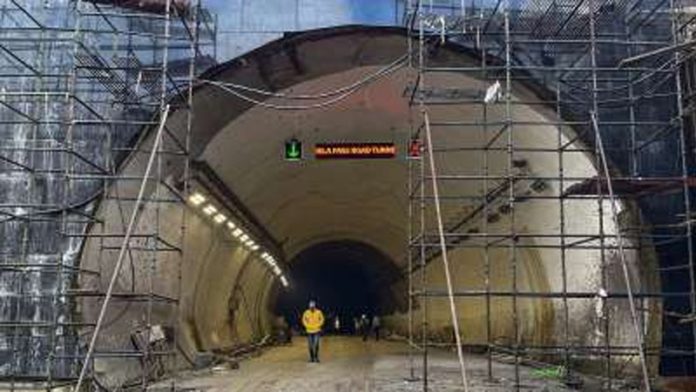The National Highway Authority of India (NHAI) is currently conducting an exhaustive safety audit of eight under-construction tunnels in Jammu and Kashmir, with the primary aim of ensuring rigorous safety standards and strict adherence to the highest quality benchmarks. The initiation of a safety audit is a commendable and timely measure, particularly in light of the recent incident in Uttarkashi. The proverbial adage that prevention is better than cure rings especially true in the context of tunnel construction. Notably, the decision to engage in an external audit through Konkan Railways Corporation, a distinguished institution with extensive tunnelling expertise, is a reassuring aspect of this endeavour. The intricacies of tunnel construction encompass a myriad of parameters, including soil and rock conditions, total weight considerations, moisture levels, seismic zone categorization, proximity to hydraulic dams, and slope stabilisation, among other factors. The design phase of tunnels leaves no room for error, as the consequences of any lapses can be catastrophic. With investments worth thousands of crores at stake, coupled with the paramount concern for human lives, meticulous attention to detail is imperative.
Notably, the tunnels in Jammu and Kashmir are of substantial length, spanning 4 km and 3 km. Such extensive tunnels demand heightened precautions, prompting the NHAI authorities to deliberate on additional safety features. Against the backdrop of the ongoing prestigious four-laning project of NH 44, these tunnels hold strategic significance in reducing distances and bypassing landslide-prone areas. Recognising the gravity of the situation, the NHAI authorities are diligently working on fortifying safety protocols. The decision to seek a second opinion through an external audit serves as an additional layer of assurance, leaving no room for doubts regarding safety standards. The expeditious conduct of the audit ensures that any necessary corrective measures can be promptly implemented, minimising potential delays in the construction timeline.
Trending Now
E-Paper


